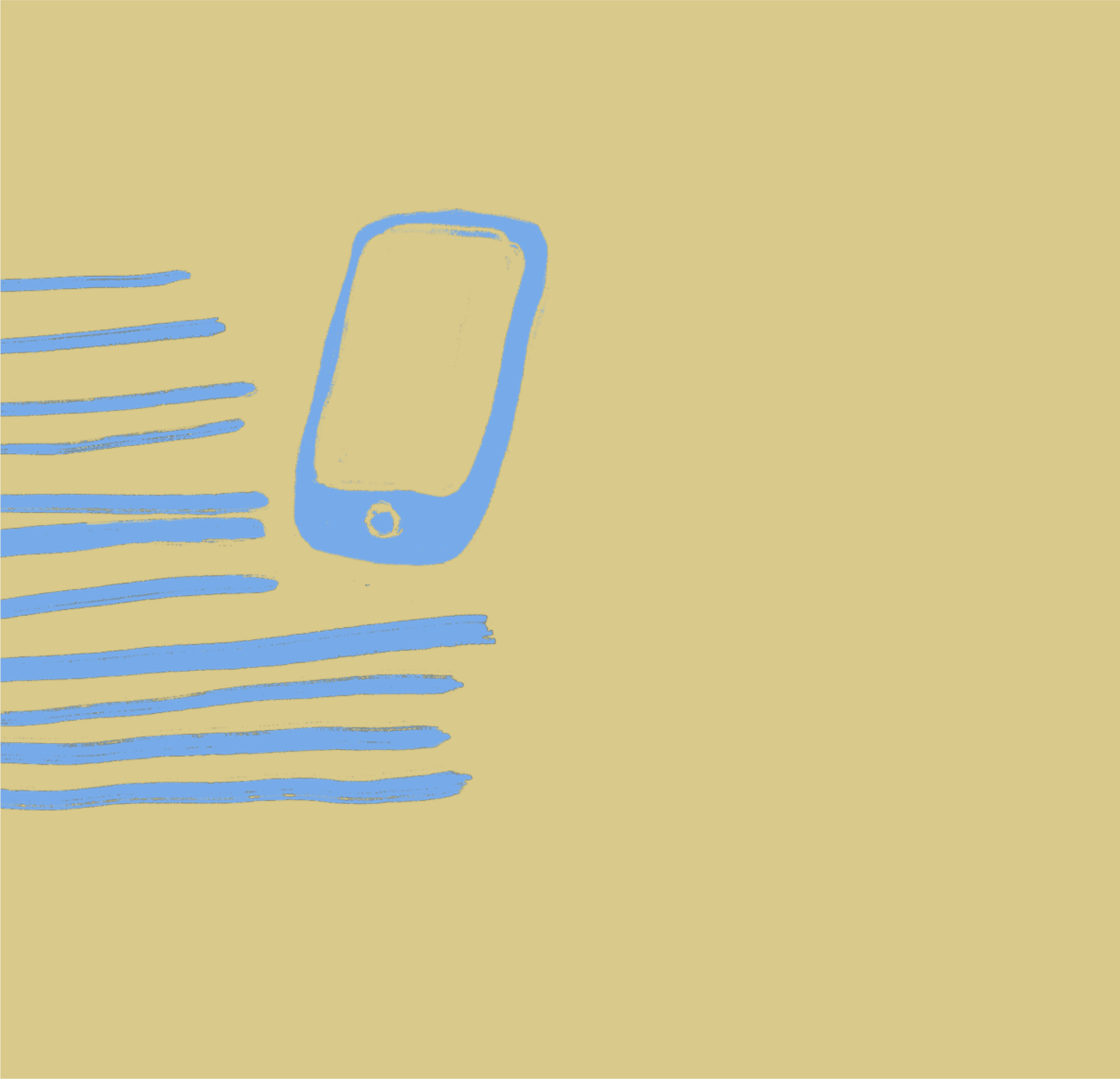3. Thoughts and Beliefs (Cognitive Triggers)
Your thoughts and beliefs are powerful tools for changing your behavior. When you change how you think, your feelings and actions can change too. With regular practice, positive thinking can help you deal with urges more easily and support long-term change.
Some thoughts or beliefs can act as triggers or increase the desire to cope with emotions in certain ways. These thoughts can strongly influence you—either pushing you toward looking at sexual images or seeking contact with children, or helping you resist those urges.
Here are some examples:
- Rationalizations: “I deserve a break”, “It’s no big deal” or “one last time”. Thoughts like these can justify the behavior, even if you know it’s harmful.
- Perfectionism or Unrealistic Expectations: Having a mindset that you need to perform at a certain level (whether in work, relationships, or elsewhere) can cause feelings of inadequacy, and the mind might turn to behavior that feels emotionally satisfactory as a temporary relief or escape.
- Fantasy: Having sexual fantasies or daydreams can trigger the desire for watching sexual images or other behavior, involving thoughts like “I need some more sexual stimulation, it would feel more intense while watching something.”
Exercise: How to Identify Thoughts and Beliefs (Cognitive Triggers):
When you feel the urge to engage in any problematic sexual behavior, note the specific thoughts running through your head. These could be thoughts like “I need to relax,” or “I can’t handle this stress anymore” but also something completely different.
Examine whether these thoughts are leading you to justify the behavior or directly engage in the activity. Identifying these rationalizations and thought patterns can help you challenge them in the future, consciously setting other thoughts against them and leading you to react differently e.g. masturbating with fantasies but avoiding sexual abuse material.
Train the most powerful tool:
How Thoughts and Beliefs Can Strengthen Resistance to Harmful Behavior:
Our thoughts shape your emotions and actions. By shifting your mindset, you can strengthen your ability to resist harmful behaviors and create positive emotional states.
Here’s how:


